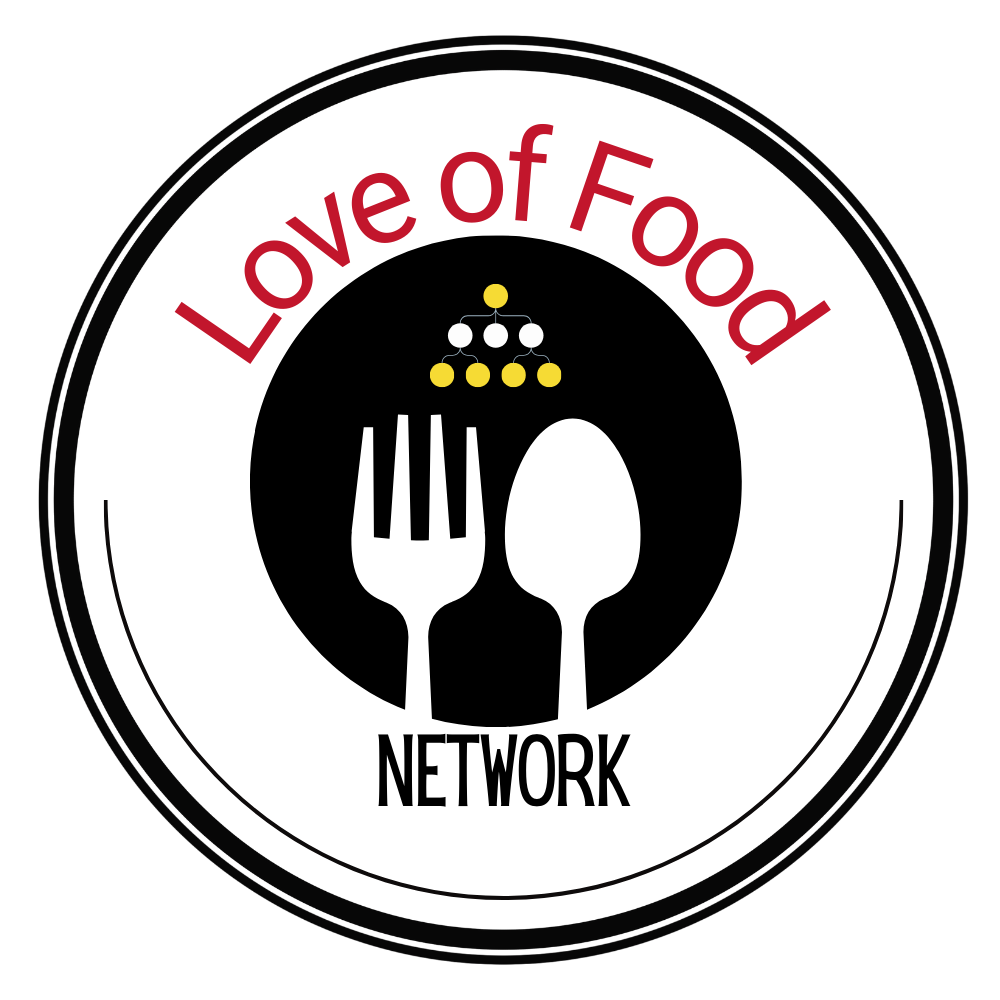If you are from the south you know that collard greens are a New Years tradition. Its green leaves are said to represent money and depict a year that will bring wealth (black-eyed peas are also on that list).
I got to know just how serious southerners take the making of collard greens when I worked in a busy real estate office. Real estate agents love food. I had never before worked in an office where food was this abundant. The local builders figured this out and sent over catered breakfast, they treated agents to lavish lunches, and filled our office kitchen with cakes and cookies on a regular basis.
The broker in charge of our office knew this too, so she held several successful food events for her agents every year. On the first week of January, the agents looked forward to ringing in the new year with a collard green contest. They competed for a coveted homemade collard trophy and hat. I also came to realize just how competitive real estate agents can be.
This office was comprised of about 150 agents representing Coldwell Banker, Howard Perry, and Walston. That meant lots of cooks and no shortage of judges. Those judges considered themselves to be collard green aficionados having grown up eating them all their lives. Many had stories about their moms, aunts, and grandmother’s secret to making the best collards they had ever tasted.
I grew up in Boston where no one has ever grown a collard and I never tasted them until I moved to the south fifteen years ago, but I loved them from the first time I tried them. By the time I was working at this real estate office I felt confident enough that I had tasted enough of them that I could enter the contest respectfully.
I decided to use smoked ham hocks as the meat base in my collards as is the most common way to make them. I found out that many people use smoked turkey necks and other pork side-meat to flavor these green leaves. I saw a recipe recently where you use both smoked turkey and smoked pork (I may try that one soon). Speaking of the leaves, that is all that is used in the dish, stems are not allowed. The reason for this is that collards are very tough. Even the leaves themselves need to be cooked for quite some time just to soften them enough to chew.
To prepare collards the leaves are stripped from the stems, center ribs removed and washed well. Some people wash theirs in a little baking soda as it is said to remove some of the bitterness of the leaves. Some swear by vinegar (never use both as the baking soda and vinegar react to one another). Some people soak the collards overnight and others triple wash them. Whatever method you use, make sure you wash the leaves well because they are usually grown in sandy soil. Once clean, the leaves can then be chopped into bite-sized pieces.
Collards are not a fast cooking green so you will need to plan to have them in the pot for several hours. This is after you have browned your seasoning meat. The last time I made them I used my Insta-pot to pressure cook them in 60 minutes. They came out fabulous and provided more of the pot-liquor (the chicken stock, fats, and juice from the collards) leftover for using in seasoning other dishes.
Collards stink when they are cooking, they have a great flavor but because collards are related to cabbage and they come from the same vegetable family called “Brassicacae” they are pungent. I like to keep a window cracked while I am boiling them.
Getting back to my story about the contest. The competing collards kept coming in all morning in their crockpots. We lined them up on tables with an entry number so the judges could score them. In addition, the office would purchase southern fried chicken, cornbread and sweet tea. Once lunch-time approached, the judges were brought in first to sample some of the collards from each pot. While the judges went off to confer on the winning dishes the rest of the office was a sea of real estate agents filling plates with collards, fried chicken and cornbread.
The competition was fierce and most all of the collards were delicious. Some did vegetarian versions and some made them so spicy they burnt your mouth. My entry was unconventional. You see I had been to a great local southern restaurant where the cook added cream to the collards and I loved them. So for the finishing touch to my collards I did the same. This may be where I went wrong. My dish tasted great but for a contest this was apparently a bit too far outside the box. I didn’t even get a third place seat. Since then I have talked to many native southerners who confirmed my suspicion.
Regardless, it was fun, my palate was satisfied, my belly was full and I had the opportunity to learn even more that one year about collard greens by working at that busy southern real estate office.
If you would like my Insta-pot non-creamed collard green recipe click the button below.





